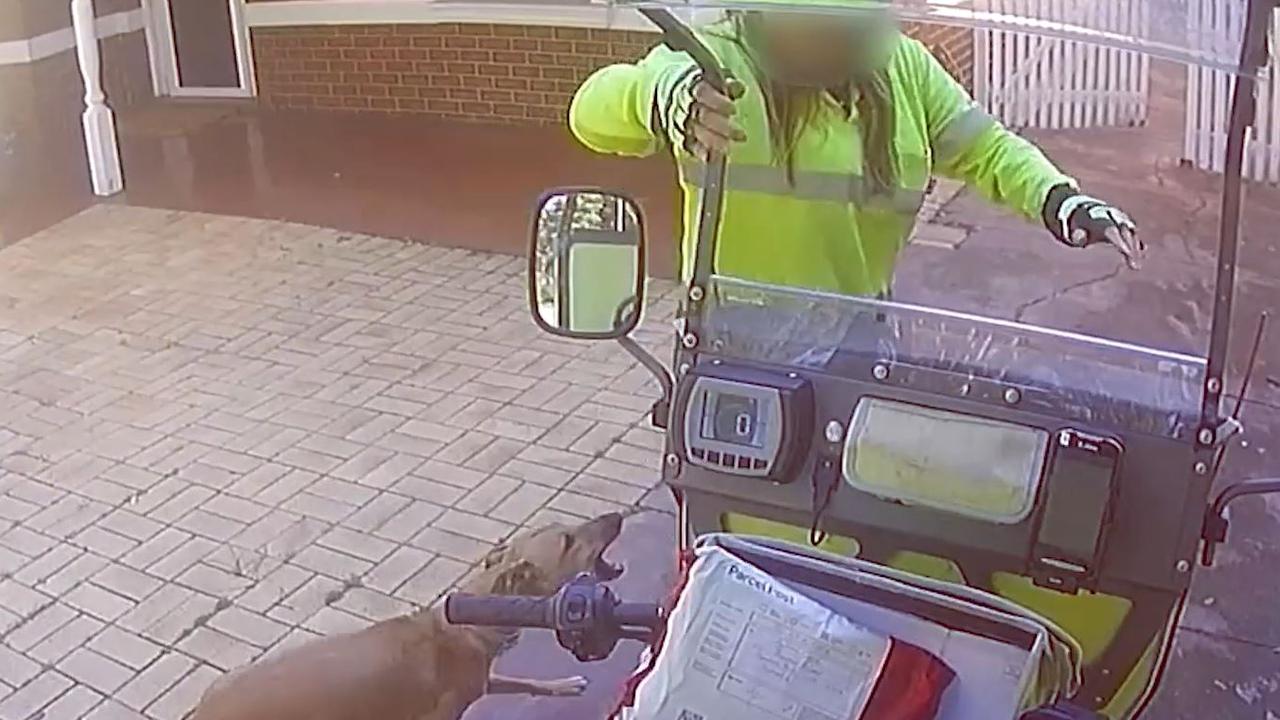Cockatoos stun by learning human-like trick
Australia’s iconic bird has added an impressive skill to its repertoire, and it has left scientists stunned.
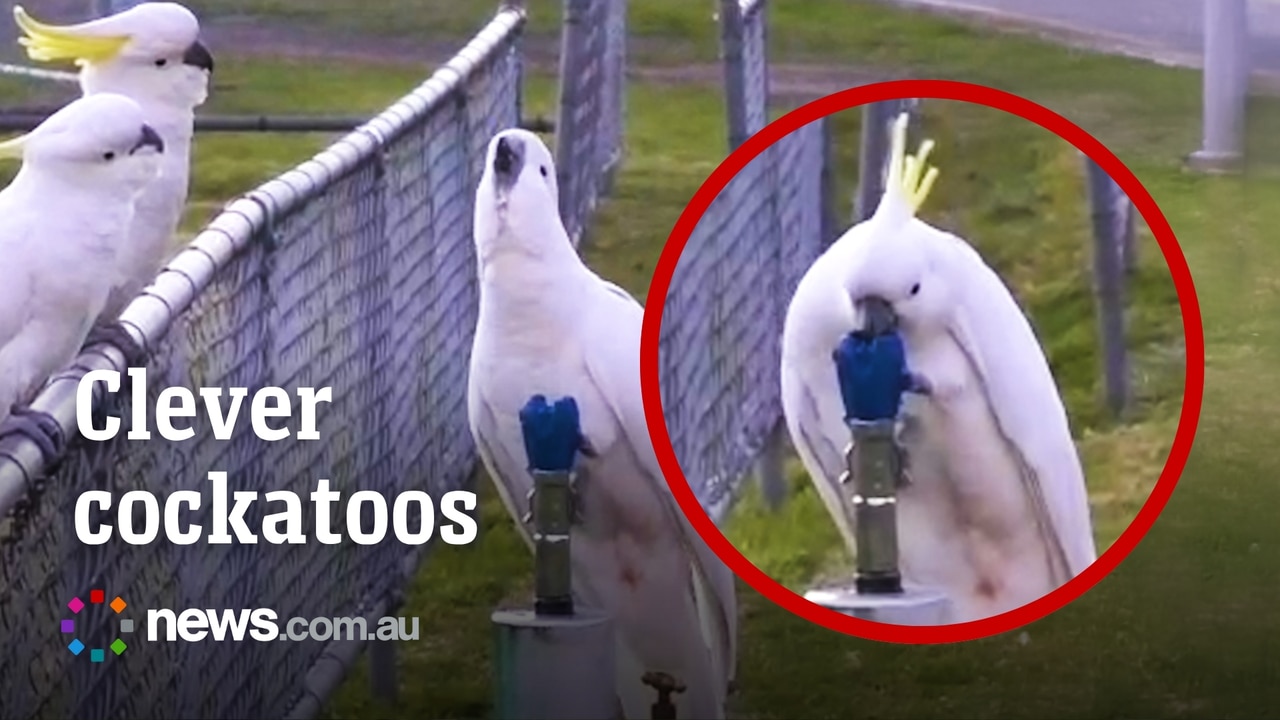
Animals
Don't miss out on the headlines from Animals. Followed categories will be added to My News.
Australia’s iconic bird has added an impressive skill to its repertoire of making an absolute racket and looking like an avian Liberace — as cockatoos have been observed operating water bubblers using only beaks and claws.
A new study, published in The Royal Society Biology Letters, reveals that a population of Sulphur-crested cockatoos in western Sydney has adopted a new novel behaviour – manipulating twist-handle drinking fountains to get water.
The study found the behaviour has been persisting for at least two years in the area and appears to be widely adopted within the local population.
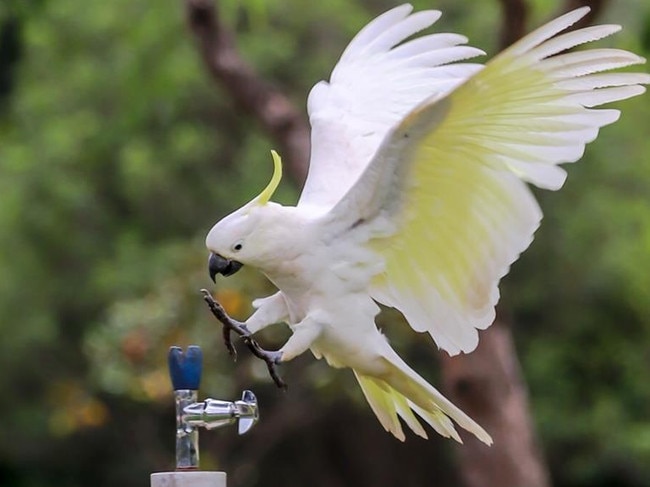
Researchers from institutions including the Max Planck Institute of Animal Behavior and Western Sydney University observed the birds intensively at parklands in Doonside for 44 days. In that time they recorded 525 attempts by cockatoos to get a drink.
Operating a water fountain designed for humans is not a simple task when you are about 50cm tall, weigh less than 1.2kg and are a cockatoo. It requires a co-ordinated sequence of actions, often involving using both claws and their beak while shifting their body weight to turn the twist-handle and keep the water flowing.
It’s a complex manoeuvre, yet researchers observed a success rate of 41 per cent with that rate jumping to 51 per cent for the 24 birds they had temporarily colour-marked.
The report said the behaviour drew “interesting parallels” to the cockatoos famous bin-opening technique, “where 54 per cent of attempts by marked birds were successful, suggesting similarities in either their physical difficulty or time taken to learn”.
“However, unlike the bin-opening innovation, where 32 per cent of marked individuals in the
local population attempted, here an estimated 70 per cent of marked individuals attempted, with no evidence for ongoing spread,” researchers said.
“This suggests that the drinking fountain innovation had already undergone extensive social diffusion prior to the study.”
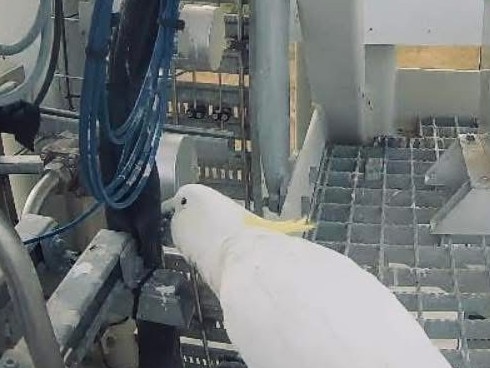
Dr John Martin, a senior ecologist at Ecosure and co-author of the study, said the birds likely first learned what to do by watching people.
“Eventually one of them got it, and then the others were like, ‘ah, this is fun’.” The cockatoos learned by watching others and then trying themselves,” he told The Guardian.
Interestingly, the study found no evidence of a sex bias in either attempting to use the fountains or succeeding. This is a departure from the bin-opening innovation, which was heavily biased towards males. Researchers speculate this difference might be due to extrinsic factors – perhaps bin lids require more physical strength, or competition is higher at bins, favouring dominant males.
Another departure from the bin-opening behaviour lies in the technique’s diffusion among the cockatoo population. The drinking fountain behaviour appears to be confined to the home range of a single roost whereas the bin opening spread rapidly across many suburbs.
So why the limited spread?
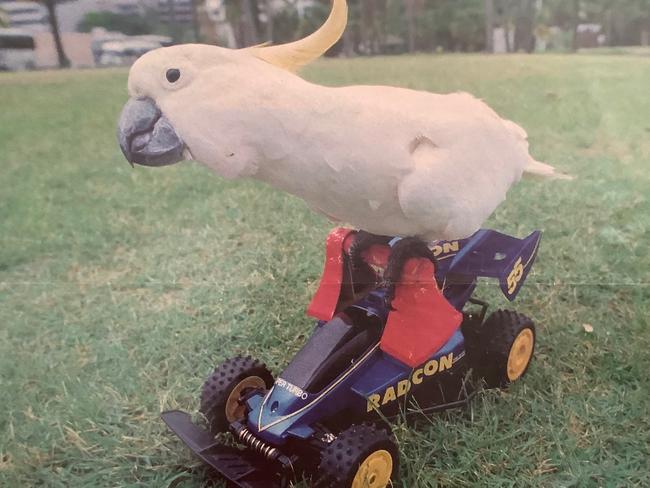
The short answer is the design of the water fountain. Bubblers vary from fountain-to-fountain and suburb-to-suburb while bin designs remain relatively uniform across councils.
The study also found that while individual cockatoos have their own idiosyncratic techniques for operating the fountain, successful sequences of actions were less variable in composition than unsuccessful ones. This indicates that while individual learning plays a role, there might be a ‘correct’ or more efficient way to operate the fountain that skilled birds converge upon.
Researchers stressed the study is ongoing and encouraged members of the public to report novel behaviours of cockatoos through the Big City birds app.
More Coverage
Originally published as Cockatoos stun by learning human-like trick



